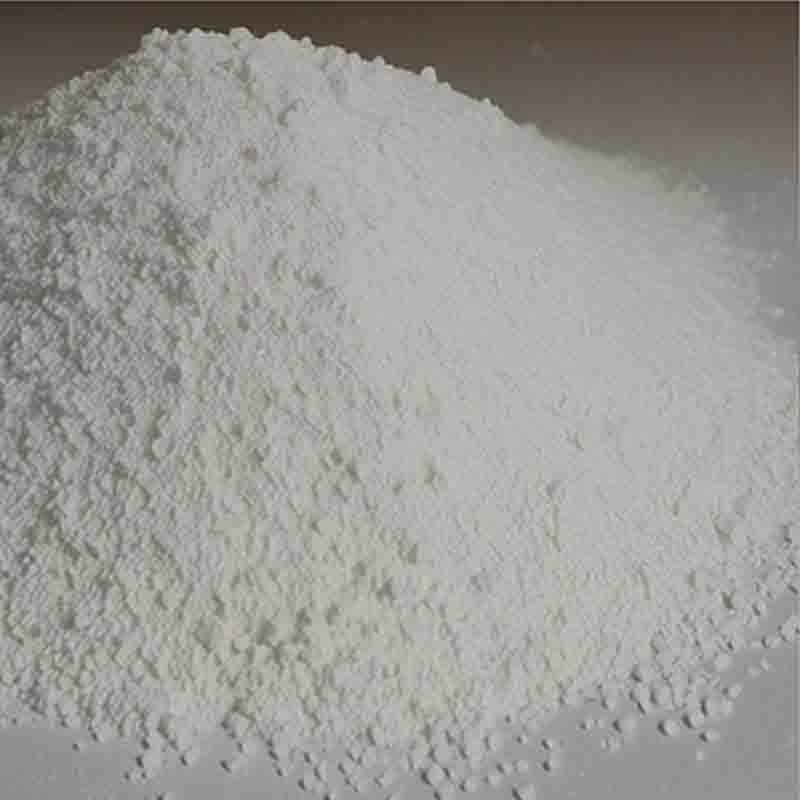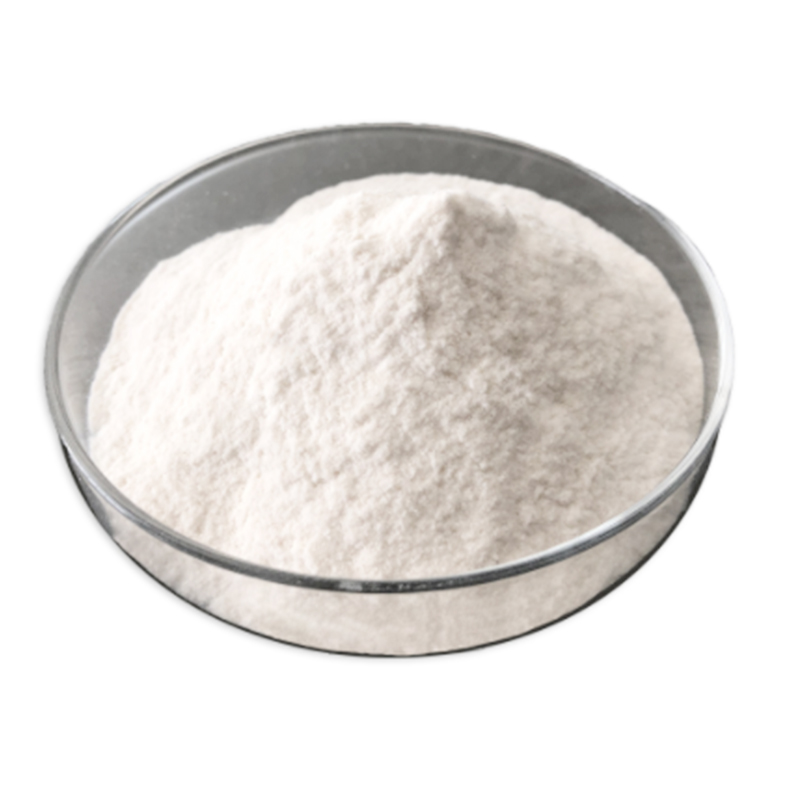2-Chloropyrimidine CAS: 1722-12-9
| Catalog Number | XD95198 |
| Product Name | 2-Chloropyrimidine |
| CAS | 1722-12-9 |
| Molecular Formula | C4H3ClN2 |
| Molecular Weight | 114.53 |
| Storage Details | Ambient |
Product Specification
| Appearance | White powder |
| Assay | 99% min |
2-Chloropyrimidine is a chemical compound with various applications in different industries, including the pharmaceutical, agrochemical, and chemical sectors.
In the pharmaceutical industry, 2-Chloropyrimidine serves as a key building block for the synthesis of pharmaceutical compounds. It can be used as a starting material for the creation of diverse drugs with potential therapeutic properties. By introducing specific functional groups or structural modifications, researchers can enhance the desired biological activity or pharmacokinetic properties of the final pharmaceutical products.
Furthermore, 2-Chloropyrimidine finds applications in the agrochemical industry. It can be utilized in the synthesis of pesticides, herbicides, and fungicides. By incorporating 2-Chloropyrimidine into the molecular structure of these agrochemicals, their effectiveness in controlling pests, weeds, and fungal diseases can be enhanced. This compound's unique properties contribute to the development of safer and more efficient agricultural products.
In the chemical industry, 2-Chloropyrimidine can be used as a versatile intermediate for the synthesis of various organic compounds. It serves as a starting material for the production of dyes, pigments, and specialty chemicals. Its molecular structure and functional groups enable the creation of diverse chemical products with specific properties and applications.
Moreover, 2-Chloropyrimidine can be utilized in research and development laboratories as a reagent or catalyst in organic synthesis. Its presence can facilitate the formation of specific chemical bonds or the modification of existing molecules, enabling scientists to create new compounds or improve existing ones.
In conclusion, 2-Chloropyrimidine has diverse applications in the pharmaceutical, agrochemical, and chemical sectors. Its role as a building block in pharmaceutical synthesis, its contributions to the development of agrochemicals, and its versatility in organic synthesis make it valuable in various industries. Continued research and development are expanding the potential applications of this compound in these fields.


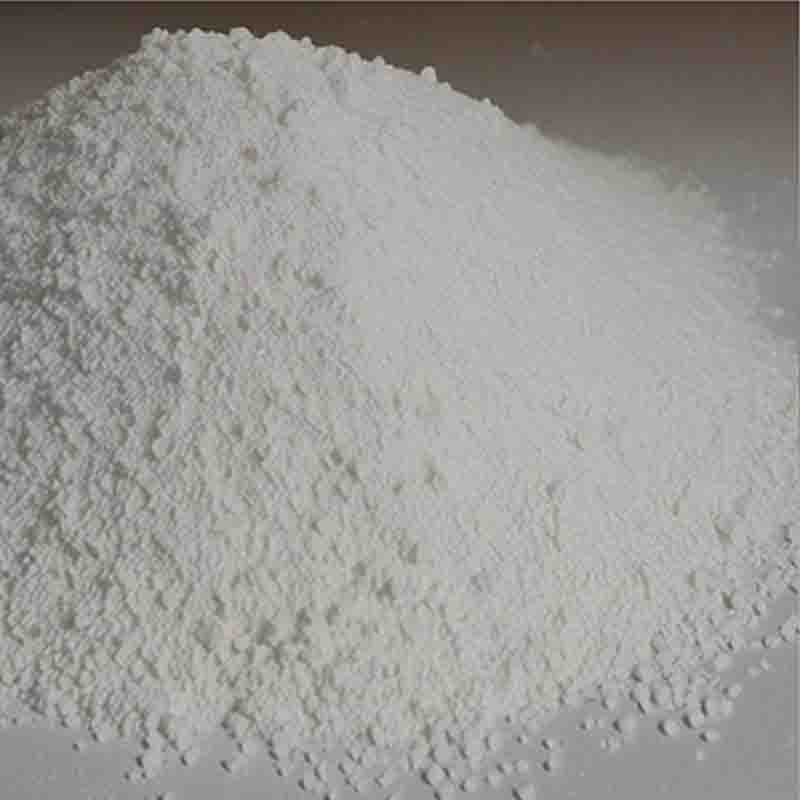

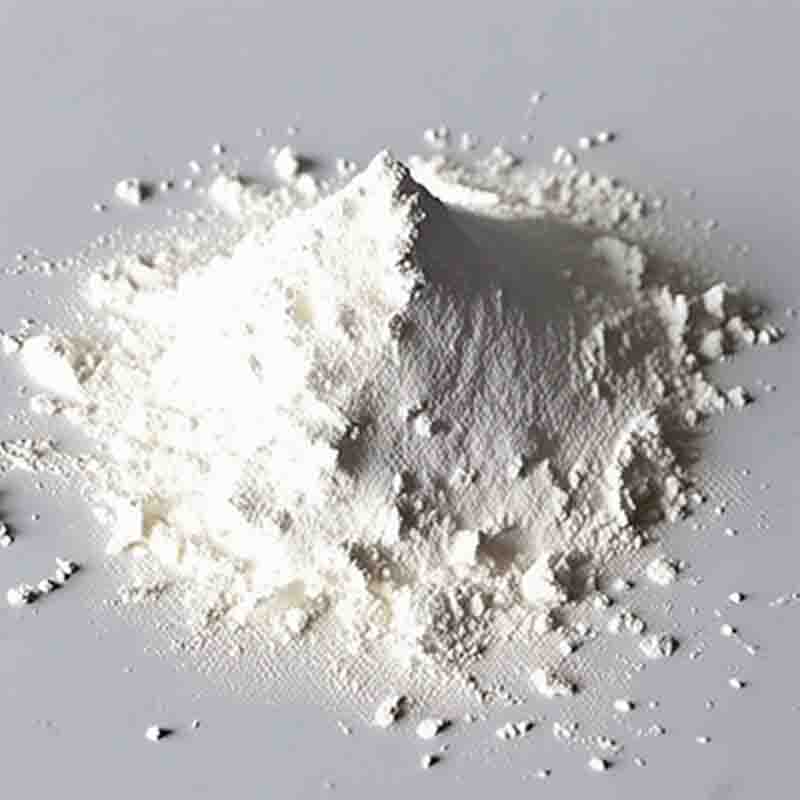
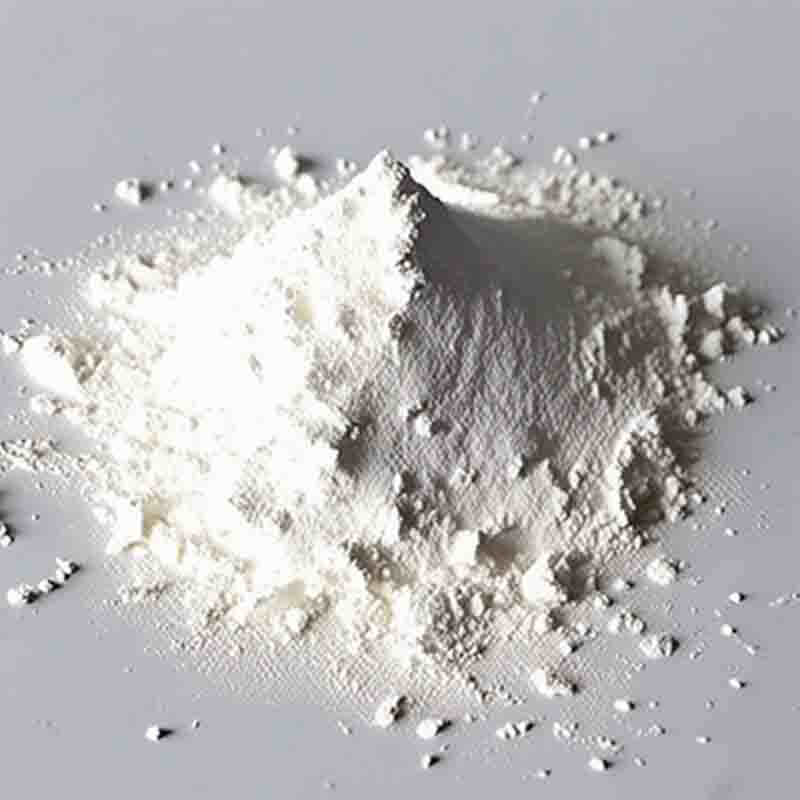
![3-[3-(4-Fluorophenyl)-1-(1-methylethyl)-1H-indol-2-yl]-(E)-2-propenal CAS:93957-50-7](https://cdn.globalso.com/xdbiochems/白色粉末21183.jpg)
